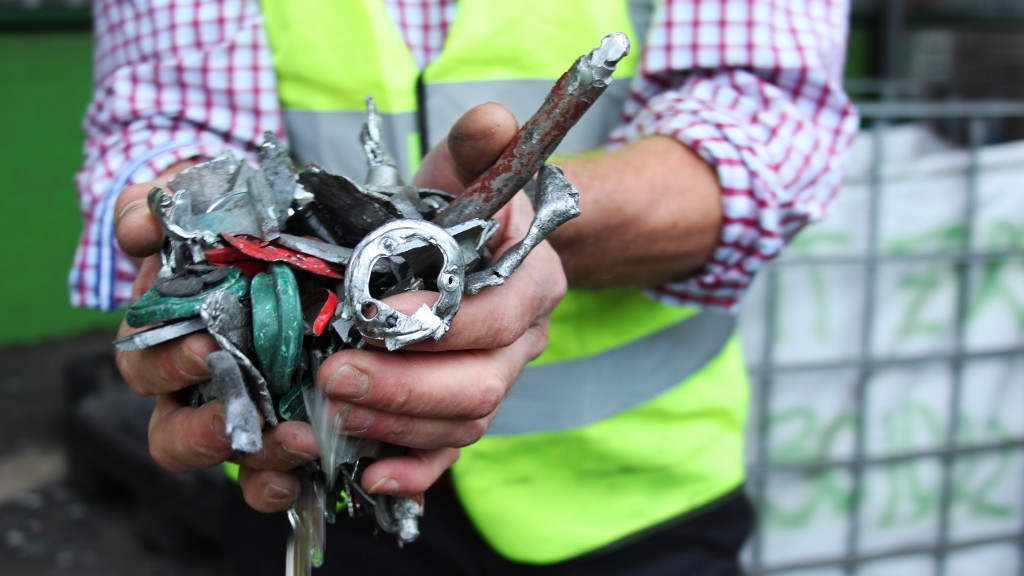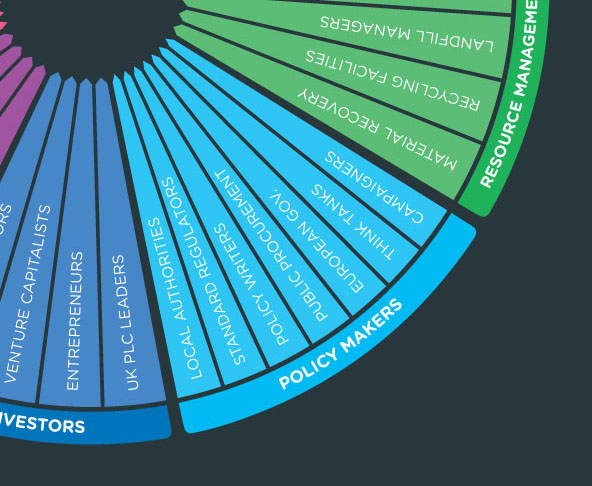Resources - Blog
The Challenge for Democracy

“The circular economy is the only thing we can do for the long term future of Europe. But it is a challenge for democracy.”
These were the words of Frans Timmermans, First Vice President of the European Commission, as he addressed an assembly of more than 700 delegates in Brussels at last week’s conference on ‘Circular Economy: boosting business, reducing waste’. Things have certainly moved on since I last wrote on this issue. The mood is cautiously optimistic. The opportunities of circularity, it seems, have spread beyond DG Environment and been recognised by the arbiters of Growth and Jobs themselves (you can read the joint communication here which also outlines the chronic loss of value endemic in our current material economy).
The messages coming from Timmermans and Vella at the conference were clear: the circular economy is no longer a niche agenda, it is a mainstream path for change which is being embraced by enterprises across the world. It necessitates a move from low cost production to service provision, a longer term view of business, and a ‘holistic approach’ for which we must summon up our ‘collective imagination’ (Timmermans).
This focus on the far reaching benefits and enormous societal challenges of a circular economy was a welcome message coming as it did from the heart of the Commission. Trash may be turned into cash and new businesses grown as a result, but the circular economy is about so much more than redirecting our waste streams. It is about that over-used phrase, a paradigm shift, in the way in which we understand and participate in our daily lives. Timmermans was onto something when he suggested that profit should not be based on competing wage costs and competing quality of life. Competition at the individual level is necessary for progression, but at the societal level our diverse ecosystems must interact and succeed together, or not at all.

In its new report, released at the conference, The Ellen MacArthur Foundation likewise has shifted its attention from a dogged emphasis on financial gains for businesses towards a story of so-called ‘structural waste’. As Ellen put it in her rousing speech, this is a ‘bottom-up’ approach that looks at basic human needs through the lens of housing, food and mobility and finds gaping failures in efficiency. If all circular economy levers were fully engaged, we could free up €3,000 per household, achieve higher GDP and growth, all the while reducing our CO2 emissions and material use. And the levers? Regenerate, share, optimise, loop, visualise, exchange. Simple. All enabled by the technology revolution that is happening anyway.
And yet. And yet. If it were all that obvious, wouldn’t we be achieving it already? The danger of course, as highlighted by McKinsey’s Martin Stuchtey, one of the authors of the report, is that product innovation happens faster than systems innovation. That we create the perfect car for an imperfect transportation system; an eco-laptop that has no facility for eco-disposal; the most efficient plastic packaging for a system in which the very presence of plastic is questionable.
As well as product and business model redesign, we need a new way of redirecting the behaviours and cultures that underpin these habits of production and consumption. If we are to avoid short-term tweaks and recidivist heuristics, we must attend to the human barriers that are such a factor in our economic activities. Francesco Tramontin of Mondelez International and the EU brands association AIM alluded to this in his presentation as part of the afternoon session on the consumption phase. Consumer behaviour is not often rational, but brands (and the marketeers behind them) tend to have a special connection with their consumers. In redesigning our systems towards a more circular model, we need to consider redesigning these communications between brand and consumer – from selling stuff to selling value, from focusing on immediate cost to introducing the longer term benefit. In the same session Keith James, an economics expert responsible for some of the valuable number crunching and research coming out of WRAP, suggested that the debate on circular economy has to be not just rational but intuitive. It must make sense in policy and business terms, but must also appeal to a more personal, engaging side of the equation.
Over the last three years, the Great Recovery has come to be known for its engaging and design-focused work on circularity. We have heard from numerous sources that the project’s appeal is in its ease of access, its human scale and its effective communication. We have even been told that we are the ones making the circular economy sexy! This kind of communications-based, intuitive work is not easy to measure: the impact we have is often qualitative and difficult to trace. Nevertheless, the impact made by an impression or conversation, something that strikes the eye or ear and connects with a values system or emotion rather than a spreadsheet, is often longer lasting and further reaching in its nature. As Gerrit Bruggeman, a Chairmain of Dutch Design Week and CEO who took his own company on the journey towards Cradle to Cradle said to me the other week, the ‘hearts and minds’ part is the primary factor in any effort towards sustainability.
Ultimately, businesses, governments and economies are created for the service of citizens, and not vice versa. We all find ourselves acting as small cogs within much larger wheels, but when those wheels start to take on a life and a mandate beyond the requirements of a healthy and well balanced society, we need to think critically and to question the efficacy of their design. Despite the positive rhetoric in evidence at the Brussels conference, there is of course the risk that the short term and vested interests of those who shout the loudest will be heeded first and foremost. Timmermans, Vella, Katainen et al would do well to keep in mind their own commitment to take ‘concrete steps’ towards a circular economy – for the sake of jobs and growth, and for the future of our grandchildren.
The last word to Sirpa Pietikainen MEP, who spoke passionately and with humanity about the need for circularity. ‘It is not optional’, she said, and, just as ‘voluntary taxation does not work’, so the journey towards a circular economy must needs be a regulated one. But we have a fight on our hands: ‘if we do not speak out, then this is not going to happen’. The RSA Great Recovery will continue to speak out, to and through the design industry, and to empower the creation of our new economy.
The new package of measures on a circular economy in Europe will be release towards the end of this year. I would encourage everyone who has an interest in creating these more circular systems (that is, everyone) to respond to the current public consultation.





